Do you dream of starting your own Designer sketchbook?
Here are 21 useful tips to help you make your designs stand out above the rest!
During one of my recent trips to Spain,
I met Antonio who is one of the students of my online course Sketch Like The Pros.
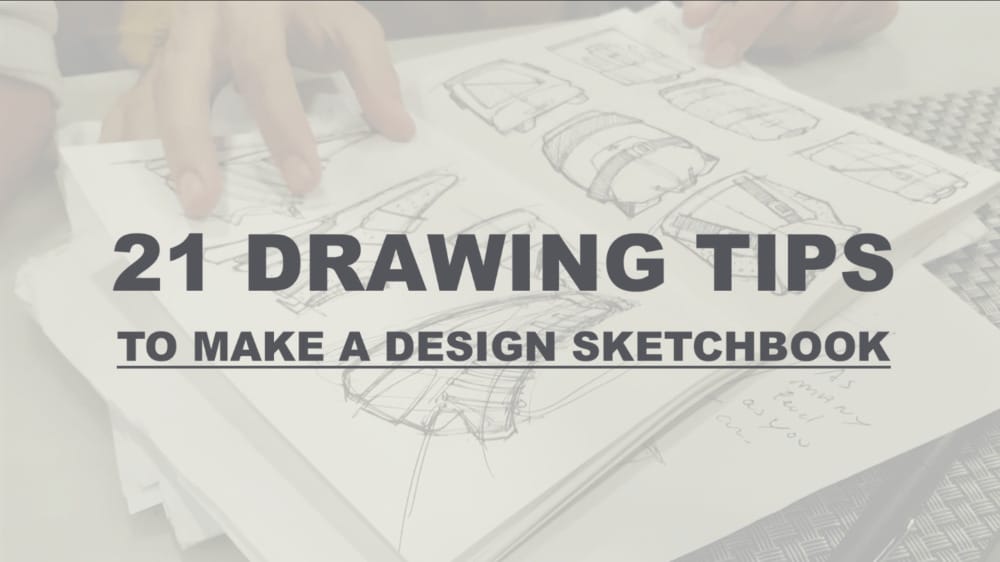
- Why Use a Sketchbook?
- 21 Sketching Tips from Antonio
- 1. Start with a Theme
- 2. Keep It Portable
- 3. Diverse Mediums
- 4. Practice Thumbnails
- 5. Capture Inspiration
- 6. Be Observant
- 7. Sketch from Life
- 8. Explore Styles
- 9. Use References
- 10. Loose Sketches
- 11. Be Fearless
- 12. Value Quick Sketches
- 13. Embrace Imperfection
- 14. Play with Composition
- 15. Use Color
- 16. Annotate
- 17. Share Your Work
- 18. Set Goals
- 19. Be Patient
- 20. Learn from Others
- 21. Travel and Sketch
- Encouragement and Final Thoughts
- TRANSCRIPT
Antonio did show me one-to-one his sketchbook, and he generously accepted to share with all of us 21 drawing tips to build a super cool designer sketchbook. 🙂 !
It will give you some inspiration if you wonder what to draw in your sketchbook, which is great if you are a beginner.
Creating a Designer Sketchbook is a thrilling journey for aspiring and professional designers alike.
Here, I’ll share 21 invaluable tips from Antonio, a talented student from my online course, Sketch Like The Pros. These tips, combined with a dash of inspiration, will help you craft a sketchbook that stands out in the world of design.
Why Use a Sketchbook?
Before we dive into the tips, let’s understand why sketchbooks are essential:
- Compilation of Ideas: Sketchbooks are a treasure trove for your thoughts and ideas. They showcase your creative process and thought development, which can be helpful for job interviews and applications.
- Job Interviews: Bringing a well-curated sketchbook and portfolio to interviews or design school applications can give a recruiter insight into your authentic design process and personality.
- Complement Your Portfolio: A sketchbook adds depth to your portfolio, showing your rough, unpolished work complements the polished pieces. It demonstrates your growth as a designer.
21 Sketching Tips from Antonio
Here are the 21 tips to help you craft a sketchbook that stands out:
1. Start with a Theme
Choose a theme or project to focus on. Whether it’s fashion design, furniture, or architecture, having a theme provides direction and coherence to your sketchbook.
2. Keep It Portable
Your sketchbook should be easy to carry around. This ensures you can capture inspiration whenever it strikes, whether you’re traveling or just walking around your city.
3. Diverse Mediums
Experiment with different mediums like pens, pencils, watercolors, and markers.
Each medium gives a unique feel to your sketches, allowing you to explore different textures and styles.
4. Practice Thumbnails
Begin with small, quick sketches to explore ideas before committing to bigger, detailed drawings. Thumbnails help you experiment with composition and proportions.
5. Capture Inspiration
Sketch anything that inspires you, from street scenes to unique pieces of clothing. Keep a list of potential subjects or themes to inspire your creativity.
6. Be Observant
Train your eye to notice details. Sketching regularly will enhance your observational skills, which are crucial for industrial designers.
7. Sketch from Life
Drawing from real-life subjects rather than photos helps develop your understanding of form, perspective, and light. Real-life sketching is an excellent way to improve your observational skills.
8. Explore Styles
Don’t get stuck in one style. Try different styles to broaden your artistic range. Look at how other designers approach their work for inspiration.
9. Use References
Use reference materials for accuracy but also to learn how to interpret and adapt. References can be from other designers’ work or real-life observations.
10. Loose Sketches
Don’t aim for perfection. Sketches should be loose, fluid, and exploratory, capturing the essence of your ideas.
11. Be Fearless
Don’t be afraid to make mistakes. They are part of the learning process and can lead to unexpected creative breakthroughs.
12. Value Quick Sketches
Quick sketches help capture the essence without getting lost in details. They are essential for brainstorming and ideation.
13. Embrace Imperfection
Your sketchbook is your playground. Let imperfections show your journey. They add character and authenticity to your work.
14. Play with Composition
Experiment with different compositions to find what works best for your designs. Composition can dramatically change the impact of your sketches.
15. Use Color
Introduce color to bring life to your sketches. Even if you’re not a color expert, play and learn. Color can evoke emotions and set the mood of your design.
16. Annotate
Write notes, ideas, or even questions next to your sketches. This shows your thinking process and can be insightful for others viewing your sketchbook.
17. Share Your Work
Show your sketches to peers or mentors for feedback and new perspectives. Sharing is a way to grow and refine your skills.
18. Set Goals
Aim to fill a certain number of pages or complete a project within your sketchbook. Setting goals keeps you motivated and focused.
19. Be Patient
Building a great sketchbook takes time. Enjoy the process, and don’t rush. Your work will show maturity and depth.
20. Learn from Others
Look at other designers’ sketchbooks for inspiration and to learn new techniques. Seeing how others work can provide a fresh perspective on your own process.
21. Travel and Sketch
Traveling provides new vistas and cultures to sketch. It’s a fantastic way to grow creatively and gain inspiration from different environments.
Encouragement and Final Thoughts
Remember, a sketchbook is more than just a collection of drawings; it’s a diary of your creative mind.
Keep dreaming BIG to achieve BIG!
Whether you’re just starting or looking to refine your skills, these tips will help guide you towards creating a super cool designer sketchbook.
Keep sketching, keep learning, and most importantly, keep enjoying the journey!
If you have any questions or want to share your progress, feel free to leave a comment below. Antonio and I will be more than happy to engage with you.
Happy sketching!
Cheers,
Chou-Tac
PS: I am now writing at the bar of the airport hotel Ibis Madrid.
Tomorrow early morning I fly to Tokyo, Japan!
I will take plenty of new inspiration for the blog, drawing tutorials, and creative content.
Btw, as a designer, I recommend you to travel or study/work abroad so you will keep thinking out of the box and learning from other cultures.
For example, did you know that at Adidas,
designers do have 1 trip per year to travel in a city of the world to feed their imagination of new ideas?
Check out these articles for further inspiration:
- Travel Sketching: A Designer’s Journey
- How to Choose the Perfect Sketchbook
- Understanding Color Theory for Designers
- Designers’ Inspirational Resources
- Sketching for Industrial Design: Techniques and Tips
TRANSCRIPT
Can you leave some tips to make this sketchbook? Oh, let’s say, God believe it. When you start sketching, there are not many tips to tell him how to do this.
So, this one I think is very interesting because I start with a cap. Yes, I start with a cap, and I’m finished with that. Oh, I see. Yes. This one, I don’t know what this is. You start sketching a theory of ideas? Sure. And I start taking that storm of the dock to finish with a boat. Oh, nice. Nice. Then some more sneakers, gloves, or backpacks.
Mhmm. This one I start with a perspective and then within that, I use this rig. I use it because when I use the marker, okay, the marker holds to the other one. So I just—if you think it’s the same reason—so okay. Yes. And I start with that and continue developing.
And ugly—we love ugly taverns! Yes. Yes. Ugly? Ugly? Ugly! Yeah. That’s cool—Sony logo. That’s maybe for our tutorial.
So you enjoy doing a little dress? Yeah. Yes. Hello? Yes, it’s very fun. For example, in this one, you can see an example of line weight existing. Yeah. For example, you can see that here the outline is a bit bigger than the lines inside.
Did you use the same thing or different? Yeah, if I’m not wrong, you used these two things, right? Yes. I used this one for the construction lines and also all the other lines, and then I used the paper matte flip pen to do an outside line in order to pop up your sketch a little.
So, I don’t know—maybe I also used to do some backgrounds here or painting also for Panopto or sketches. You can see some examples here; for example, in this one, you know that the mouse is like going outside the bridge. It feels like you cut it; it feels like comics!
Yeah, for example, and also you can take a growth—this one is a bit floating with the paper. Also, you can use decks to watch the tiles and think more about your design.
Mhmm. For example, I’m talking about here about the volume function—the dead stores. Mhmm. Here it’s like you can move it or stand.
I don’t know; these plates will be from the branding. Mhmm. Everything you’re looking for here is the same—maybe you can have a laptop with a double screen Mhmm.
Or, I don’t know—here like the MacBook Pro; you have the normal keyboard Mhmm and another attack keyboard Mhmm. You can see how the object is working; you’re using arrows for movement.
Okay! Yeah! That’s—I think that’s very important! And also another important thing that I think is very nice for a beginner is to start with a 2D page 2D page and then when you have an idea generate some concept; you can jump into 3D with more details and know more about the same style you want to draw.
I want to draw some sneakers here—I know—I like them little dirty! I like when you do the lines and then you’re right inside! Why do you do that?
Because if I do that all the deaths will have the same weight! Okay! That’s more aesthetic! Okay! It was more aesthetic!
Yes! So in there I try to do the lines parallel—if you see they are similar—Mhmm—all the lines! Okay! So that helped me because I know myself—I had very bad handwriting!
Yes! Like this—you know? And if I do that it’ll be much cleaner! Yes! Yes—I like this!
But I don’t know—so say—you can add the logo to your product! Try to do different perspectives—try to do all the pages with different forms of same products!
When you sketch the products many times—you know more about that product—and you can also improve your product—the product you’re scheduling!
So if you’d like—you want to show your ideas—to communicate them in different angles—but also—the key of presentation.
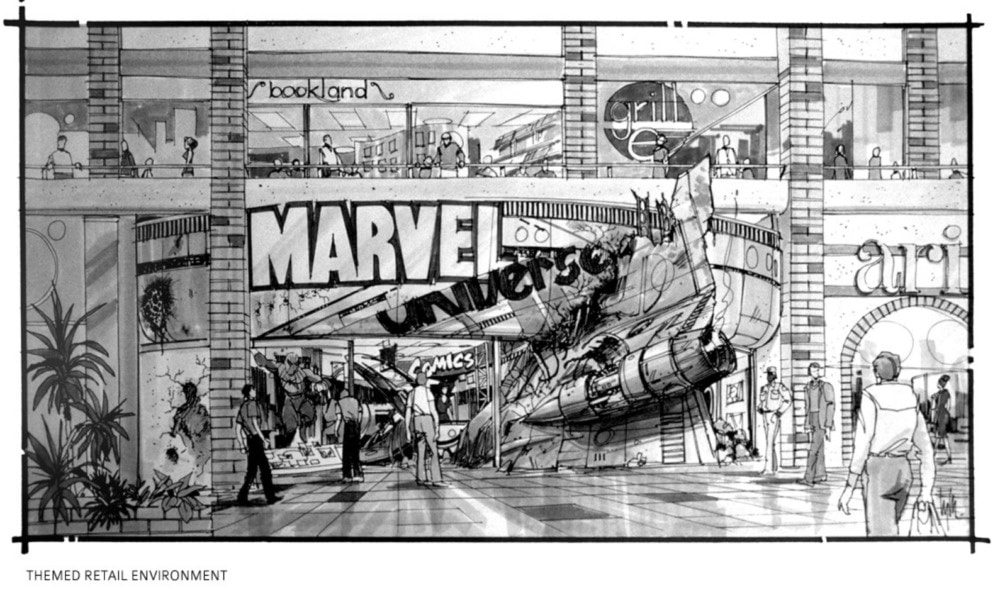
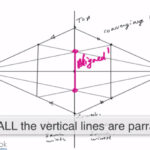
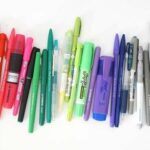
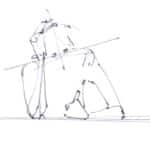

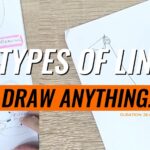
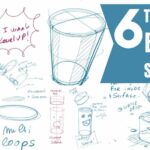

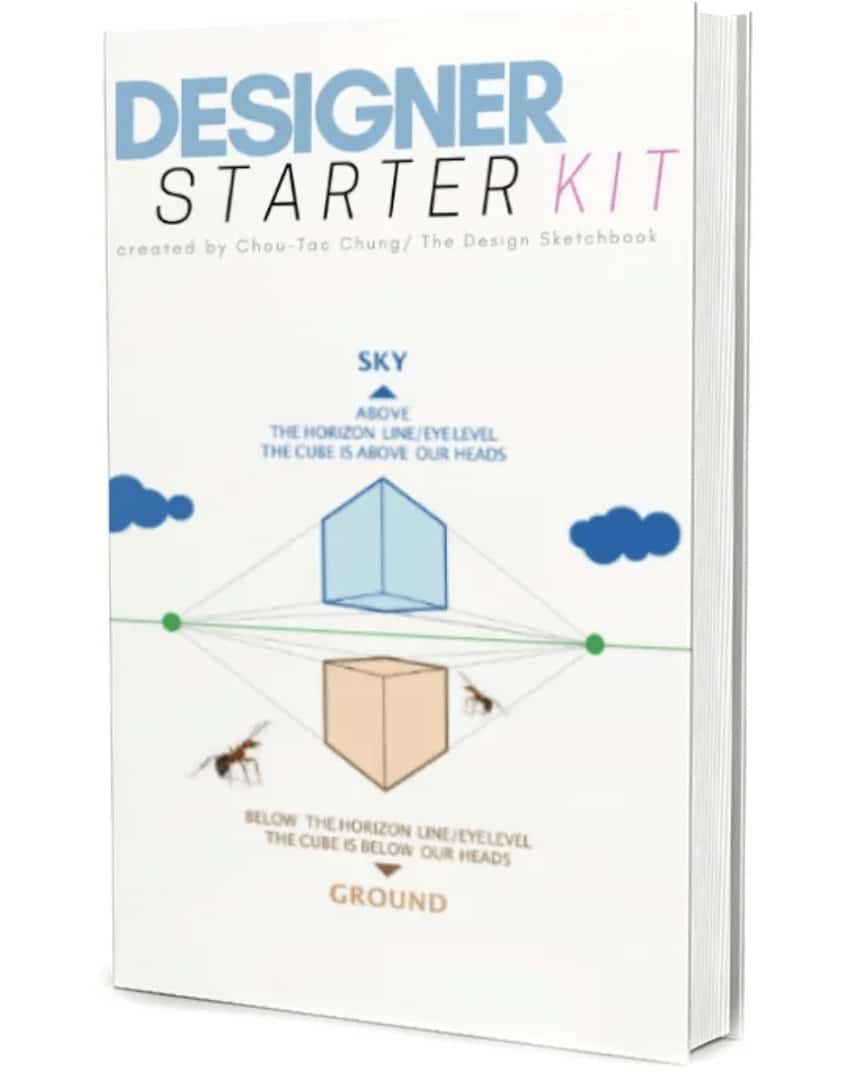
[…] Be Observant: Train your eye to notice details. Sketching regularly will enhance your observational skills, which are crucial for designers4. […]